
Homes are a reflection of the times, evolving with trends, technology, and changing lifestyles. Some features once symbolized luxury or practicality but have now faded into nostalgia. As modern design pushes forward, these once-beloved details quietly vanish. Take a look at the home features that have disappeared and what’s replacing them.
Circular Driveways
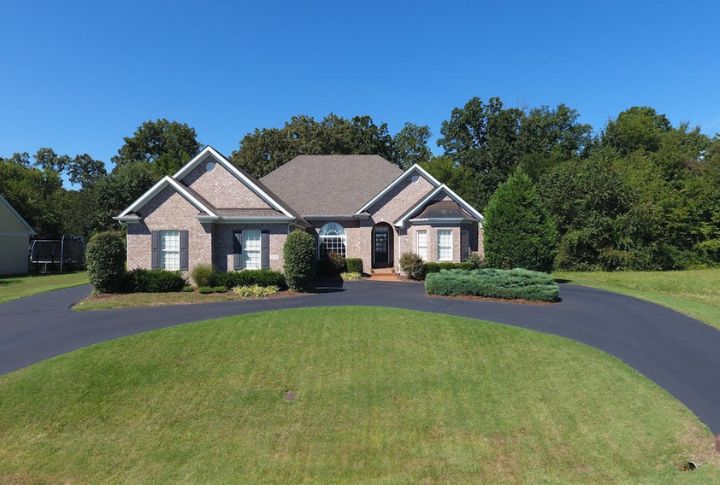
Luxury once meant wide, spacious driveways designed for effortless arrivals and departures. Their space-consuming layout, however, is impractical in today’s urban plans. As real estate values rise, homeowners have begun to choose compact, eco-friendly driveways that reduce maintenance and preserve yard space for gardens or additional utilities.
Laminate Countertops
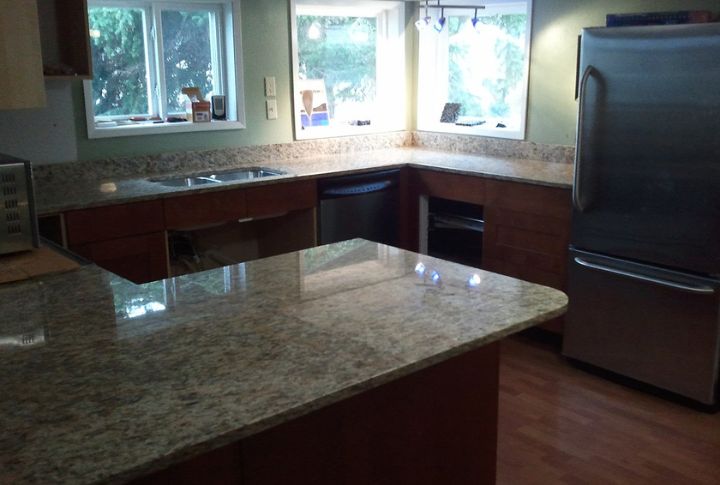
In the 1960s, laminate countertops were popular for affordability in kitchen design. Their bright patterns appeared in many mid-century homes, but their susceptibility to chips and burns made them short-lived. Today’s homeowners seek durable, heat-resistant surfaces like quartz that reflect an increased preference for robustness over cost-saving aesthetics.
Wood Paneling Walls
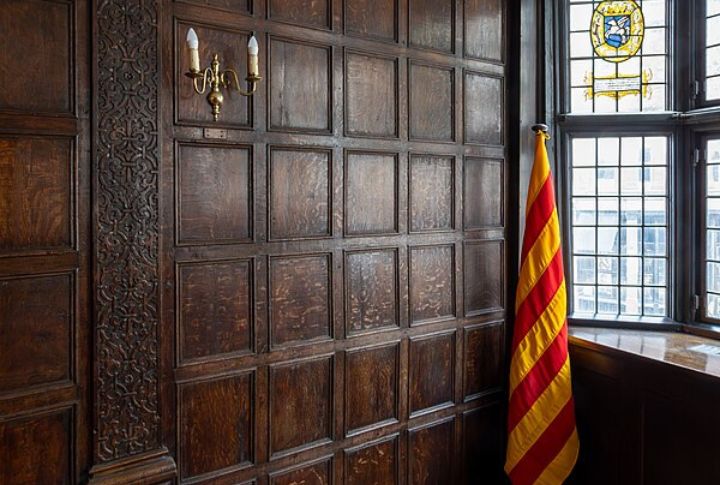
Dark wood paneling once represented a sense of rustic warmth that made its way into nearly every living room and basement by the 1970s. However, design shows and renovation trends have steered homeowners toward airy, light-filled spaces. Removal of wood paneling instantly modernizes a room and makes it appear more spacious and versatile.
Avocado Green Appliances
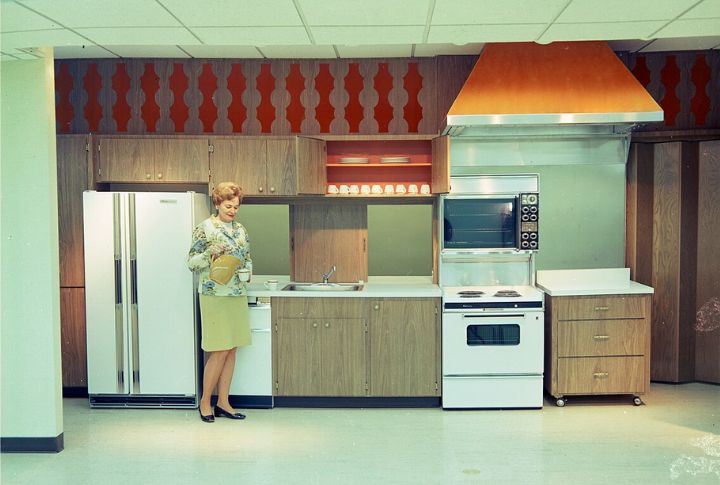
Bright and bold, avocado green appliances were a staple in 1970s kitchens, marketed as earthy and inviting. The push for energy efficiency prompted manufacturers to introduce sleek new designs. As a result, stainless steel and integrated panel models dominate modern homes, while avocado green is now mainly found in retro art deco designer spaces.
Front Porches with Columns
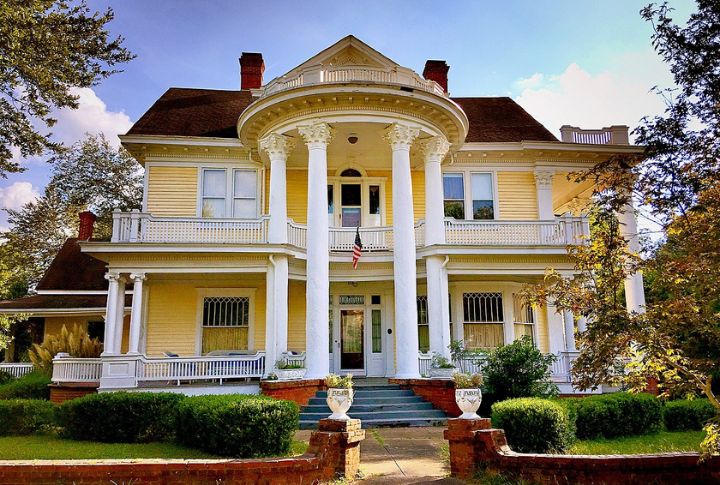
A grand front porch with classical columns was once the poster child of homely hospitality. However, recent home layouts prioritize private backyard spaces over formal street-facing porches. Modern designs emphasize simplified entryways that integrate seamlessly with landscaping that require far less maintenance and structural upkeep.
Glossy Brass Fittings
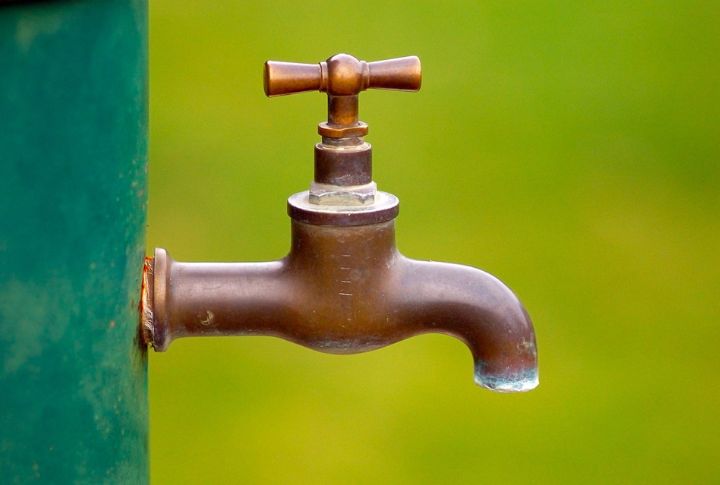
For decades, polished brass features were dotted across homes, from ornate chandeliers to bathroom taps. While brass has made a subtle comeback in muted, brushed finishes, the high-gloss versions of the 80s and 90s feel too flashy for contemporary interiors. In contemporary hardware, aged bronze and matte black have become the dominant selections.
Large Laundry Rooms
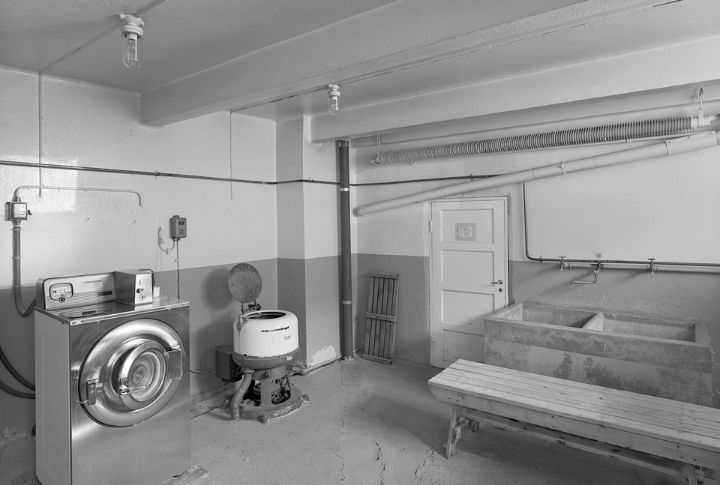
Spacious laundry rooms were designed to house bulky appliances and provide ample storage. But, with the rise of compact washer-dryer combos, these large spaces are losing their original function. The laundry rooms are now repurposed into mudrooms, home gyms, or additional storage, maximizing efficiency in modern home design.
Formal Sitting Rooms
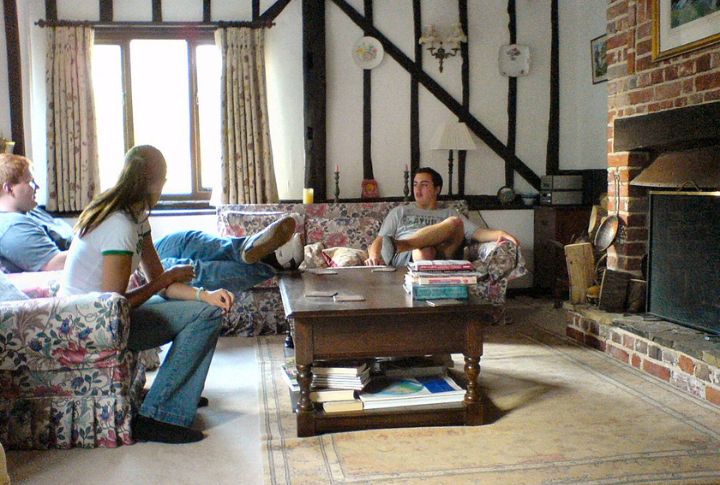
Long regarded as the most elegant room in the house, formal sitting rooms were often reserved for entertaining guests. Twenty-first-century lifestyles and the rise of multipurpose spaces have made them less relevant. Homeowners are increasingly converting these neglected rooms into media areas or efficient home offices.
Popcorn Ceilings

Introduced to absorb sound and hide imperfections, popcorn ceilings became a standard feature in mid-century construction. As health concerns related to asbestos rose, along with dust accumulation issues, widespread removal of the ceilings occurred. Smooth, painted ceilings today create a cleaner, more refined look with improved light distribution.
Sunken Living Rooms
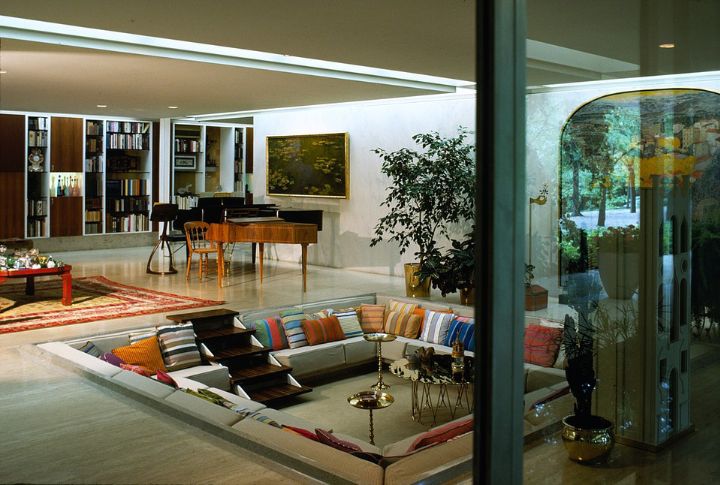
A trend of the 1960s and 70s, sunken living rooms added architectural interest and intimacy. With the accessibility challenges it presented, particularly for older adults, the mobility concerns needed to be addressed. Homeowners now opt to level these spaces for open-plan designs that better accommodate contemporary furniture and lifestyle needs.

